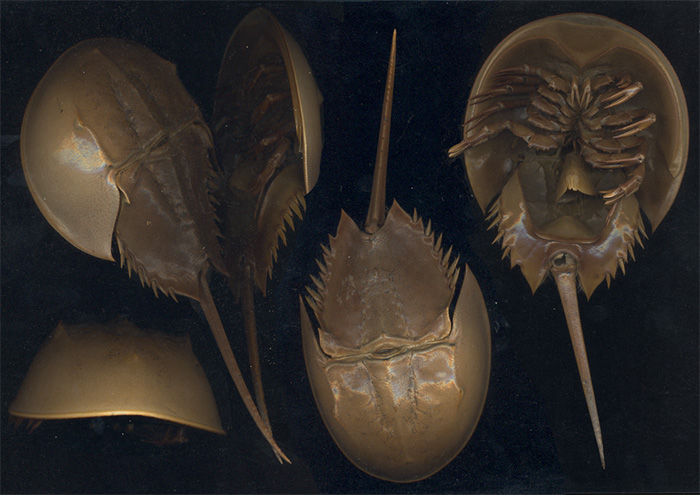
Welcome to Wild Fact #629! I hope all of you are enjoying your week so far and are looking forward to learning about another amazing animal. Today we are heading to the ocean floor to see if we can find a Horseshoe Crab. Don’t let the name trick you though as this animal is neither a horseshoe or a real crab. Although they may resemble your common crustacean (i.e. lobster, crab, etc) they actually belong to a separate sub-phylum (fancy taxonomy way of saying the Horseshoe Crab is not in the same category as crustaceans). As a result they are distantly related to spiders and scorpions but I doubt you will see a spider and a Horseshoe Crab hanging out at their next family picnic.
One of the most amazing things about the Horseshoe Crab is just how long they have been around in pretty much the same shape and form. I know you are curious so I will fill you in on their age. It is estimated that the Horseshoe Crab has pretty much remained unchanged for about 455 million years. Believe it or not some scientists believe they can trace it back even further to about 490 million years. Surprisingly, this little creature has survived 5 mass extinctions in which it saw a large number of their co-inhabitants disappear. Talk about being built to survive!
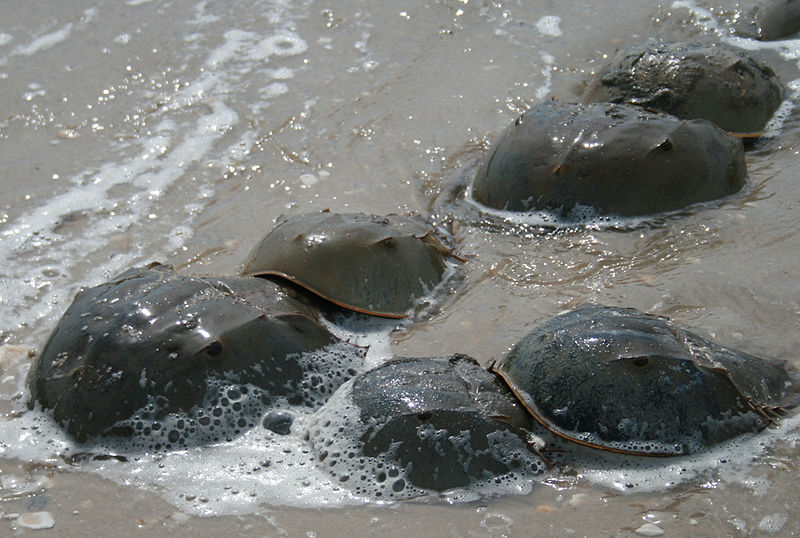
So lets learn a little more about the anatomy and physiology of these unique animals, shall we? For starters, these long-living animals breathe through “book gills” which are little plates found along the abdomen of the Horseshoe Crab. As well, they have that hard, armour plating which apparently protects them from everything. Well, I guess that isn’t true since sharks, sea turtles, some birds and humans have been known to successfully hunt these imitation crabs.
If you are hoping to catch a glimpse of these ancient animals on your next tropical vacation then you are best to do some night diving. Yep, the Horseshoe Crab is nocturnal. They wait for the night to fall before they head out in search of a yummy supper consisting of sea worms, mollusks and crustaceans. I wonder if they ever get tired of seafood?
Horseshoe Crab Fast Fact – The Horseshoe Crab uses their long, thin tail to help change their direction while swimming. Similarly, this tail can also help flip them over if they accidentally land on their back. As a result Horseshoe Crabs with a broken tail are more susceptible to predation and dessication.
I hope you enjoyed our 455 million year old Wild Fact. Actually, one last little tidbit so you can actually appreciate how amazing these creatures really are. On average, most animal species become extinct after about 10 million years. Think about that while you go about your day. See you tomorrow.

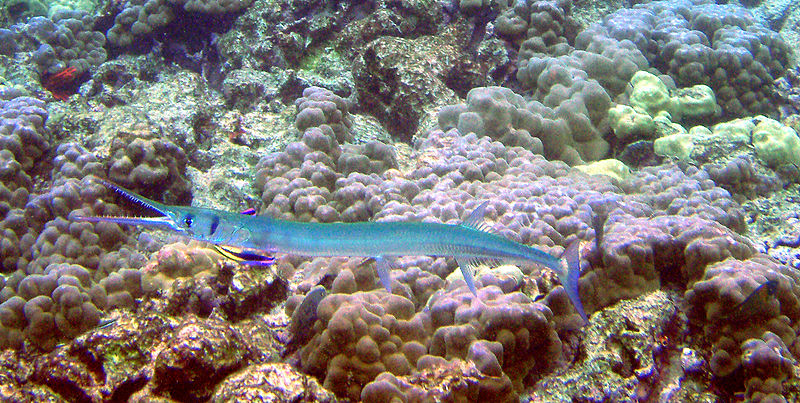
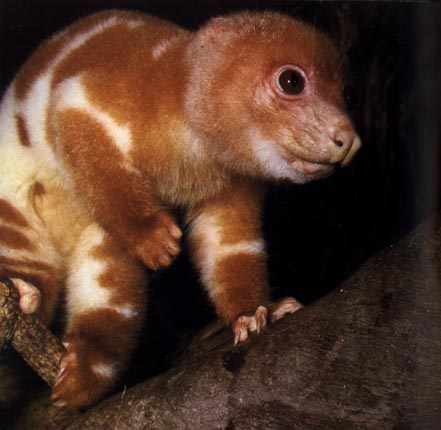
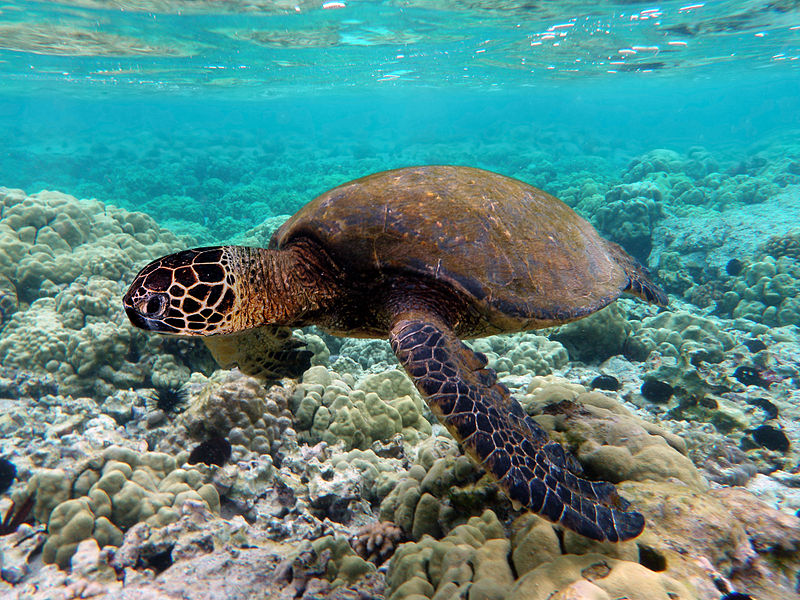
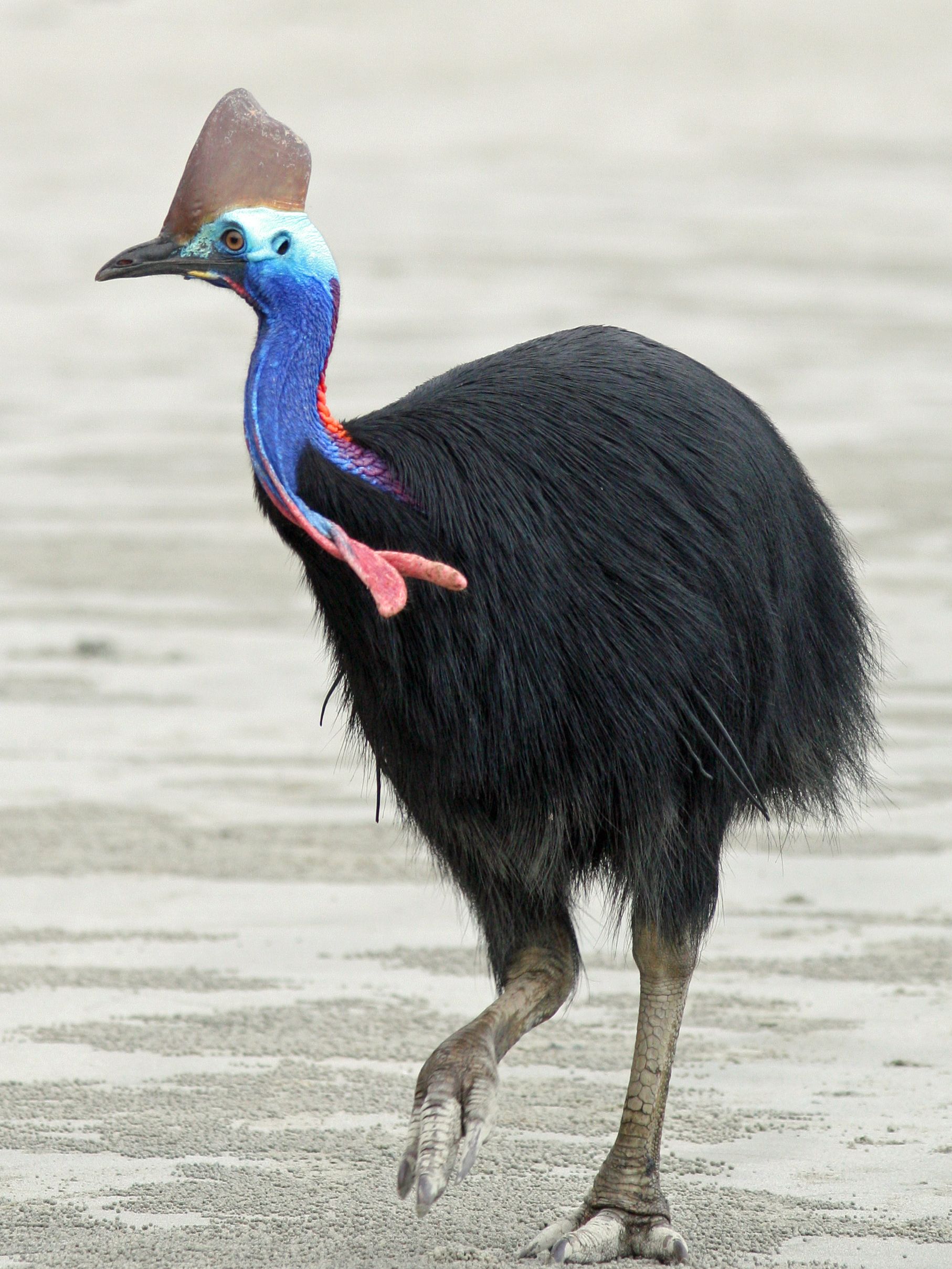
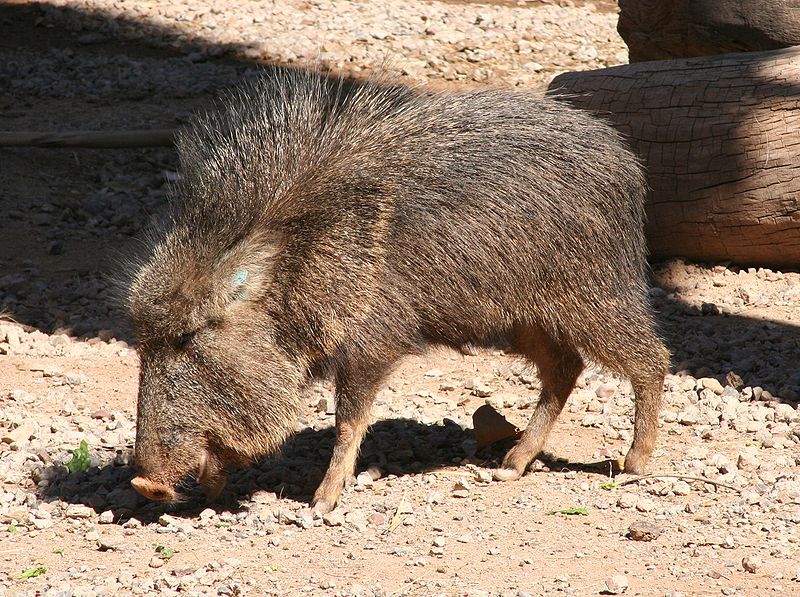
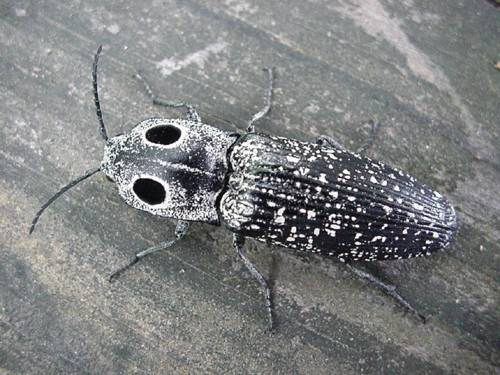
I think these guys are so cute! We learned about them at the Baltimore Aquarium a few years ago. As a kid I was always afraid of them- seems a popular belief that they can hurt you!
Hi Samantha,
The Horseshoe Crab does have a rather peculiar appearance which is sort of cute. I love the fact that they are able to swim upside down while their legs and gills propel them… fascinating creatures.
I guess it would make sense to fear them since they do have claws (but not the dangerous kind) and their tail looks like it could make a pretty good weapon. It is a popular belief that they are dangerous but the truth is, they won’t hurt you. Don’t get me wrong, you still need to be careful handling them as you would with any animal.